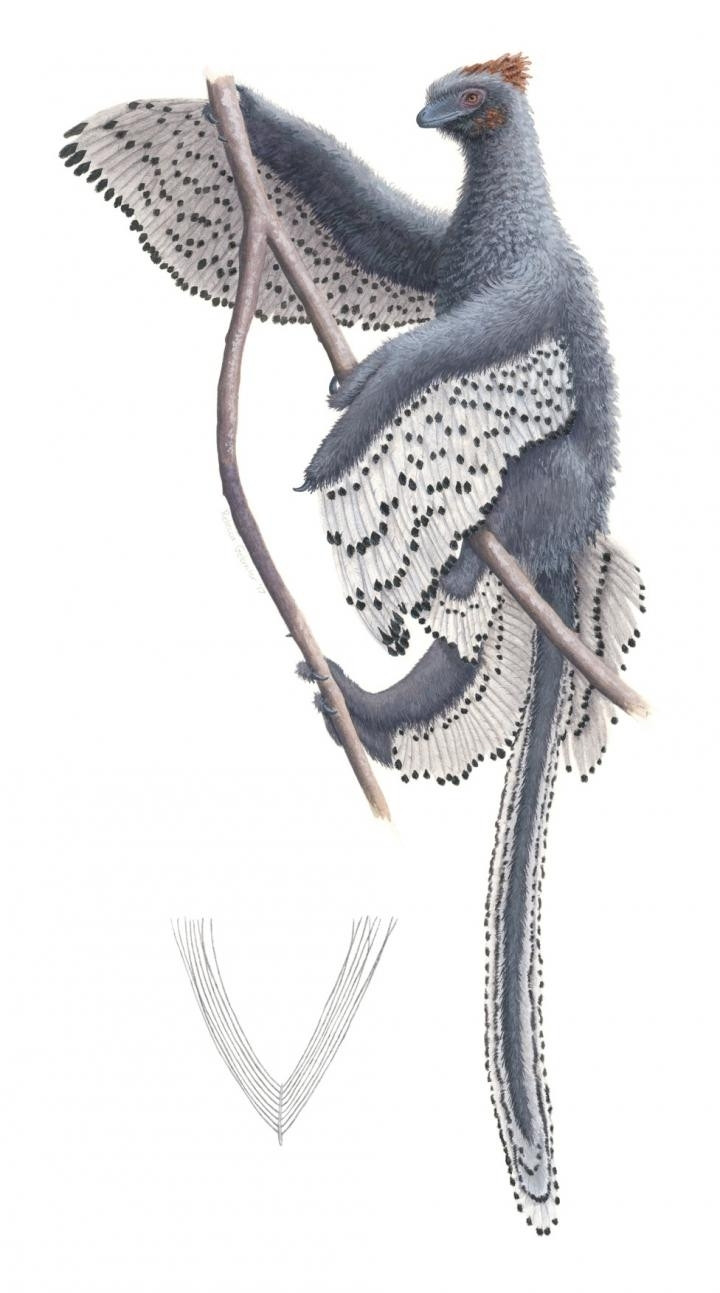100-million-year old blood-sucking 'Dracula' ticks that feasted on dinosaurs found trapped in amber
The samples are from a famous amber deposit in Myanmar.

Ticks have been around for over a hundred million years and evidence of this has just been unearthed by palaeontologists in Myanmar. A set of amber fossils recovered by researchers show ticks perfectly preserved inside amber, with one still hanging on to a feather that came from a dinosaur.
Reaserchers from the Oxford University Museum of Natural History led the work that uncovered these samples, noted a report by Science Mag (SM).
Tree sap that eventually becomes amber is one of the best ways to preserve ancient creatures as they remain whole and that makes it easier to study them.
These ticks show several signs that they did, in fact, feed on dinosaur blood, according to the report. The first such sign is the tick holding on to a feather of a Theropod, a group of dinosaurs that eventually evolved into birds. More ticks were found with hair of a type of beetle larvae that is believed to have lived near dinosaur nests.
"It's unusual to find a parasite and remains of its host preserved together, and this is the first direct evidence we have that ancient ticks sucked dinosaur blood," said Ricardo Pérez-de la Fuente, an Oxford palaeontologist. "It shows that the relationship between ticks and birds is an ancient one: It was present in the ancestors of both lineages." The report added that many ticks can be found feeding on birds in the wild even today.
The samples came from a famous amber deposit in Myanmar. These are believed to have come from private dealers, who then passed it on to collectors, and who in turn donated them to museums.
One collector, Scott Anderson, described a blood-filled tick as being around a half centimetre long. He was hoping that the tick contained some blood that contained recoverable DNA, but unfortunately, it did not.
The specimens trapped in amber are ticks that were previously not identified, noted the report. Anderson, along with Pérez-de la Fuente, named them Deinocroton draculi, or "Dracula's terrible tick".
As for the beetle hair found on the ticks, Pérez-de la Fuente said that such beetles – which are still around today – live and feed near birds' nests. Eating sloughed off skin and other bits of food from nests, they protect themselves from predators using their sticky hair.
A tick that lived on a feathered dinosaur could have fallen into the nest, rolled about among the beetles and gotten its body entangled in the sticky hair, he explained.






















